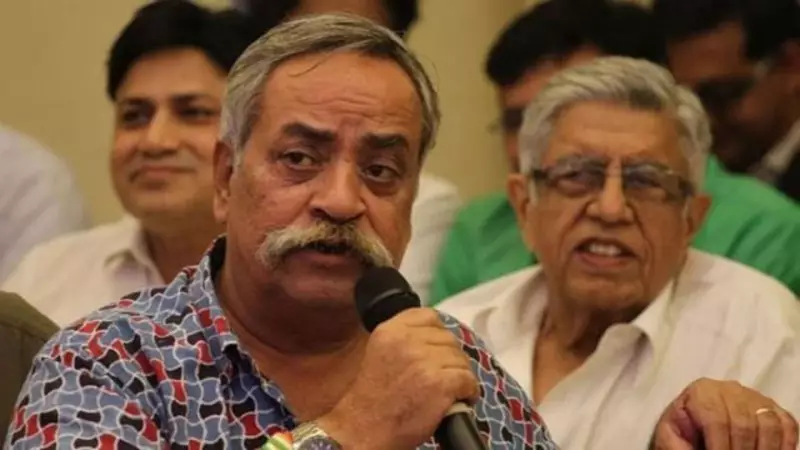
In an exclusive revelation, advertising maestro Piyush Pandey has opened up about the groundbreaking strategies that made India's Pulse Polio initiative one of the most successful public health campaigns in global history. The campaign, which played a pivotal role in eliminating polio from the country, revolutionized how health messages are communicated to the masses.
The 'Do Boond Zindagi Ki' campaign became a cultural phenomenon, transforming public perception about vaccination. Pandey emphasized how the team moved beyond traditional advertising to create a movement that resonated with every Indian household, regardless of socioeconomic status.
The Creative Breakthrough That Changed Everything
Pandey recalled the critical insight that drove the campaign's success: "We realized we weren't just selling vaccination; we were selling the future of India's children." This fundamental shift in perspective allowed the team to craft messages that connected emotionally with parents across the nation.
The campaign's memorable tagline and simple visual of two drops became instantly recognizable, making polio vaccination a household conversation. This approach helped overcome vaccine hesitancy and built unprecedented trust in the public health system.
Beyond Advertising: Building a National Movement
What set Pulse Polio apart was its comprehensive approach that combined:
- Mass media campaigns in multiple languages
- Community engagement programs
- Celebrity endorsements
- Grassroots health worker mobilization
- Consistent messaging across all touchpoints
Pandey highlighted how the campaign successfully bridged the gap between urban and rural India, ensuring that the message reached even the most remote communities. The synchronization of communication efforts with actual vaccination drives created a powerful synergy that drove participation rates to unprecedented levels.
Legacy and Lessons for Future Health Campaigns
The success of Pulse Polio offers valuable lessons for current and future public health initiatives. Pandey stressed the importance of maintaining consistency in messaging while adapting to evolving challenges. The campaign's ability to sustain public engagement over years, rather than months, proved crucial to its ultimate success.
As India continues to face new health challenges, the Pulse Polio campaign stands as a testament to what can be achieved when creative communication, government commitment, and public participation converge. "It showed us that when India decides to achieve something, no obstacle is too great," Pandey concluded.





